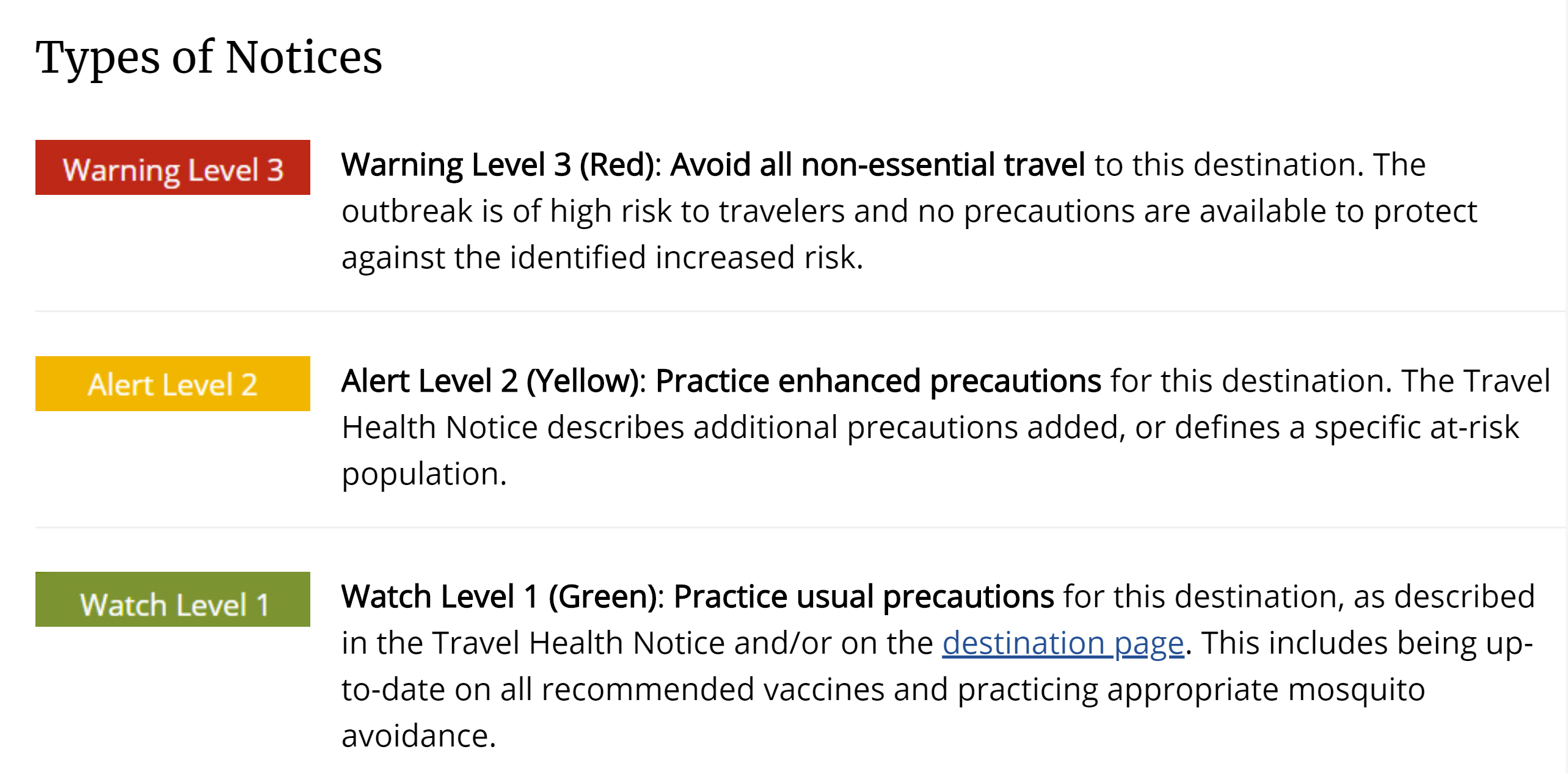The initial reaction of the U.S. government to the threat of coronavirus is well-traveled ground. While people were getting the real story on the virus back in January through Tinder, action simply wasn't being taken here. There were rules restricting testing. Test kits were being developed late, and many of those were defective. As a result testing was being rationed. There's still a shortage of the chemicals needed to process tests. We do not even know how widespread the virus is here in the United States.
The key now is to 'flatten the curve' so that even if we do not ultimately reduce the total number of infections, we delay the spread so as not to overwhelm health care resources that lack the staff, masks, and ventilators necessary in the event of a major spike in cases the way Wuhan, China experienced and the way we've seen progression in Northern Italy and Iran.
We need to practice social distancing, focus on science-based evaluations of risk, and focus public policy accordingly. Flights from Europe are less of a risk than concerts. Many countries of the world are less of a risk than the U.S. is. And we need flights for cargo, including for the chemicals needed to process COVID-19 tests.
The virus is already here and spreading without any obvious link to where patients picked it up. The barn door has, in some sense, shut. The risk is that infected individuals spread the virus in large gatherings, not that there are incrementally more infected people. Cancel large events, not dinner parties.
Don't cancel your dinner parties.
Canceling, postponing, and/or rescheduling large-scale events should be considered - now.
Code/analysis for figure: https://t.co/8UCuw5cZbx
3/3@FinalFour @marchmadness @ajc pic.twitter.com/7BJyxXT50q
- Joshua Weitz (@joshuasweitz) March 11, 2020
Europe, which itself was late in addressing the severity of risk from the virus, slams the move noting that Italy has imposed a quarantine (of sorts) on the entire country. I've criticized flight attendants union head Sara Nelson for politicizing the response to the virus, but her members are indeed the ones traveling most between the U.S. and Europe and she might criticize airlines for requiring this. Instead she too slams the ban.
There's no meaningful difference from a public health perspective between European residents and U.S. residents who have been in Europe, but there's a legal difference. The President can more easily stop the former than the latter, and in doing so issued a finding that the U.S. cannot screen people coming into the U.S. in sufficient volume.
The Schengen area allows travel between member states in the majority of cases without immigration checks, hence the focus on that area (versus non-Schengen Europe). The U.S. is treating Iceland the same as Germany and France and Italy.
Even with immigration-free travel it seems as thought he focus could be on residents of specific countries and screening which wouldn't overwhelm U.S. resources in the manner claimed by Administration.
Banning travel to the U.S. by any non-U.S. resident that's been to Europe in the last 14 days is unlikely to be helpful. However the U.S. warning against all international travel is simply not based on science.
I warned that people traveling abroad should come home and I did not want that warning to get confused so I didn't go into detail there about why I believe the U.S. State Department's message is unwise. However we are getting mixed messages from the u.S. government itself.
Just like the President announced one policy live on television (a ban on flights from Europe to the u.S.) while implementing a different policy entirely (a ban on travel to the U.S. by non-residents who have been to Europe), the U.S. government's Centers for Disease Control does not agree with the State Department's recommendation against international travel. Instead, while the State Department calls all international travel 'level 3' the CDC continues to list countries separately by risk level.

The CDC - in brand new updated warning levels Friday night - continues to list much of the world at levels 1 and 2 (and not all countries of the world make the list).
2. I put the @CDCgov #Covid19 related travel alerts into a table. There may be others, but these are the ones I saw. Lots. pic.twitter.com/TXcsnVezgc
- Helen Branswell (@HelenBranswell) March 12, 2020
South Korea and China have managed to slow new infections to a crawl, they are past their peak although of course there is no guarantee against a second wave of infections. Iran and Italy have the most confirmed cases among other nations, followed by France, Spain, Germany and then the U.S. Containment has been effective in Hong Kong, Singapore, and Taiwan.
There are places - including the U.S. - where spread is probably greater than reported. That's especially true in places as I've previously discussed like Pakistan, where people don't generally go to the doctor and the health care infrastructure isn't what you likely think of. And there are places inside the U.S. where risk is not insignificant like Washington State, Northern California, New York and Boston. A passenger on a JetBlue flight from New York to Florida tested positive for coronavirus. Now isn't the time for sledge hammer approaches, or fear of foreigners. Let's keep this as science-based as we can.